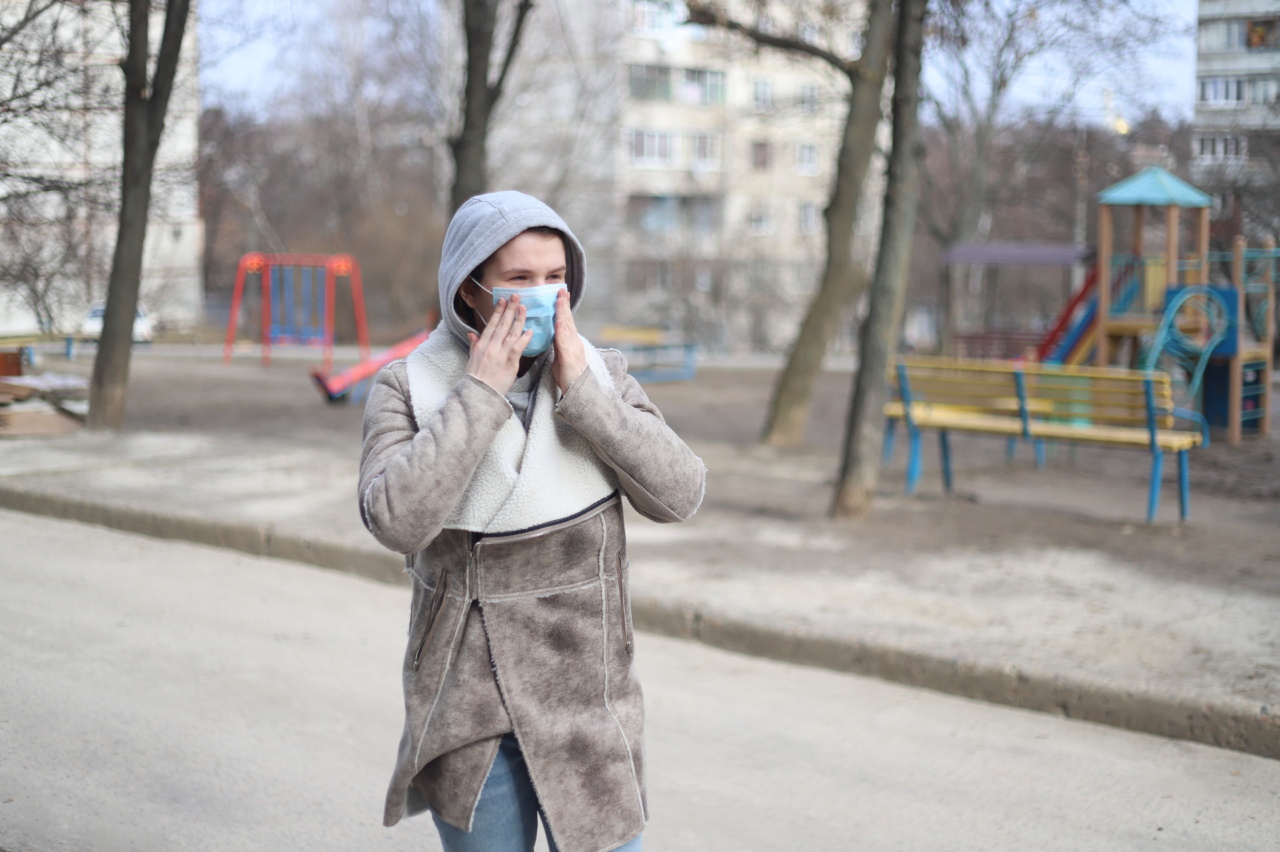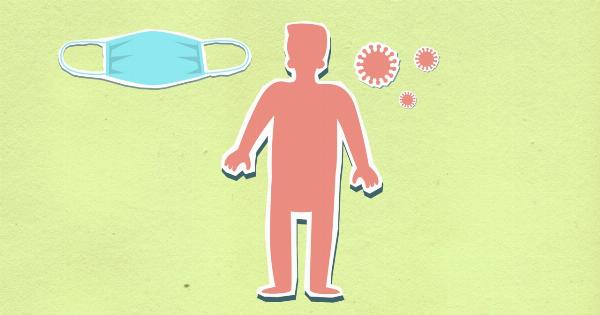When the seasons change and temperatures drop, sniffles, coughs, and sore throats become all too common. At first glance, the symptoms of the flu and cold may seem similar, leading many to lump them together as just another annoyance.
However, these two illnesses are quite different in their severity, duration, and potential complications. In this article, we will delve into the similarities and differences between the flu and the cold, helping you understand how to identify and treat each one effectively.
What is the Flu?
The flu, short for influenza, is a viral infection that affects the respiratory system. It is caused by the influenza virus and can be classified into various types, such as influenza A, B, or C. Influenza A and B are the most common.
The flu typically hits suddenly and forcefully, often causing high fever, body aches, fatigue, and respiratory symptoms.
What is a Cold?
A cold, on the other hand, is also a viral infection of the upper respiratory tract. It is caused by various viruses, such as rhinovirus, coronavirus, or adenovirus. Unlike the flu, cold symptoms are usually milder and tend to develop gradually.
Common symptoms of a cold include sneezing, runny or stuffy nose, sore throat, and mild fatigue.
Transmission
The flu and cold are highly contagious and can spread easily from person to person. Both illnesses can be transmitted through respiratory droplets from infected individuals.
This can occur when an infected person coughs, sneezes, or talks, releasing tiny droplets that can be inhaled by others nearby. Touching contaminated surfaces and then touching the face can also lead to infection.
Symptoms
While both the flu and cold are viral infections affecting the respiratory system, their symptoms differ in severity and duration.
Flu Symptoms
The flu often manifests as:.
- High fever (100.4°F to 104°F or higher)
- Body and muscle aches
- Severe fatigue and weakness
- Dry cough
- Sore throat
- Headache
- Chills and sweats
- Nasal congestion
Cold Symptoms
Cold symptoms are generally milder and may include:.
- Mild fever (rare in adults, more common in children)
- Mild fatigue
- Stuffy or runny nose
- Sneezing
- Sore throat
- Cough (usually milder than flu cough)
- Watery eyes
Differences in Duration
The duration of flu and cold symptoms also differs significantly. While a common cold usually lasts for about a week, flu symptoms can last for several days to a couple of weeks.
The fatigue caused by the flu can linger for even longer, making it more challenging to resume regular activities.
Treatment
When it comes to treatment, managing symptoms and allowing the body to heal are the primary goals for both the flu and cold. However, some differences exist in the approach to treatment.
Flu Treatment
Antiviral medications can be prescribed by a healthcare professional to help reduce the severity and duration of the flu. These medications are most effective when taken within the first 48 hours of symptom onset.
Rest, hydration, and over-the-counter pain relievers may also be recommended to manage symptoms and promote recovery.
Cold Treatment
Given that a cold is caused by a virus, antibiotics are ineffective. Instead, supportive treatment is recommended.
This includes rest, drinking plenty of fluids, using saline nasal sprays or drops, and using over-the-counter medication to relieve symptoms, such as pain relievers, decongestants, or cough suppressants.
Complications
While the flu and cold are generally self-limiting illnesses, complications can arise, especially in certain populations.
Flu Complications
Some complications associated with the flu include:.
- Pneumonia
- Ear or sinus infections
- Bronchitis
- Asthma exacerbation
- Worsening of chronic medical conditions
Cold Complications
Complications related to colds are rare, but they can include:.
- Sinus infection
- Ear infection
- Asthma exacerbation (in individuals with pre-existing asthma)
Prevention
Prevention is a key aspect in reducing the transmission of both the flu and cold viruses.
Flu Prevention
The most effective way to prevent the flu is by getting an annual flu vaccine. Other preventive measures include practicing good hand hygiene, avoiding close contact with sick individuals, and covering the mouth and nose when coughing or sneezing.
Cold Prevention
While no vaccine is available to protect against the common cold, the following measures can help reduce the risk of infection:.
- Regular handwashing: Use soap and water for at least 20 seconds or use an alcohol-based hand sanitizer.
- Avoid close contact: Stay away from individuals who have a cold, and if you have a cold, avoid close contact with others.
- Avoid touching the face: Refrain from touching your eyes, nose, and mouth without washing your hands first.
- Cover mouth and nose: Use a tissue or your elbow to cover your mouth and nose when coughing or sneezing, and dispose of tissues properly.
- Clean and disinfect surfaces: Regularly clean and disinfect frequently touched surfaces, especially when someone in the household has a cold.
- Boost immune system: Maintain a healthy lifestyle, get regular exercise, eat a balanced diet, and ensure adequate sleep to help strengthen your immune system.
Conclusion
While both the flu and cold share similarities in terms of their respiratory symptoms and transmission methods, they differ in severity, duration, and potential complications.
Understanding these differences is crucial for proper diagnosis, treatment, and prevention. By adopting preventive measures and seeking appropriate medical care when needed, you can navigate the illness battle and protect yourself and those around you.




























